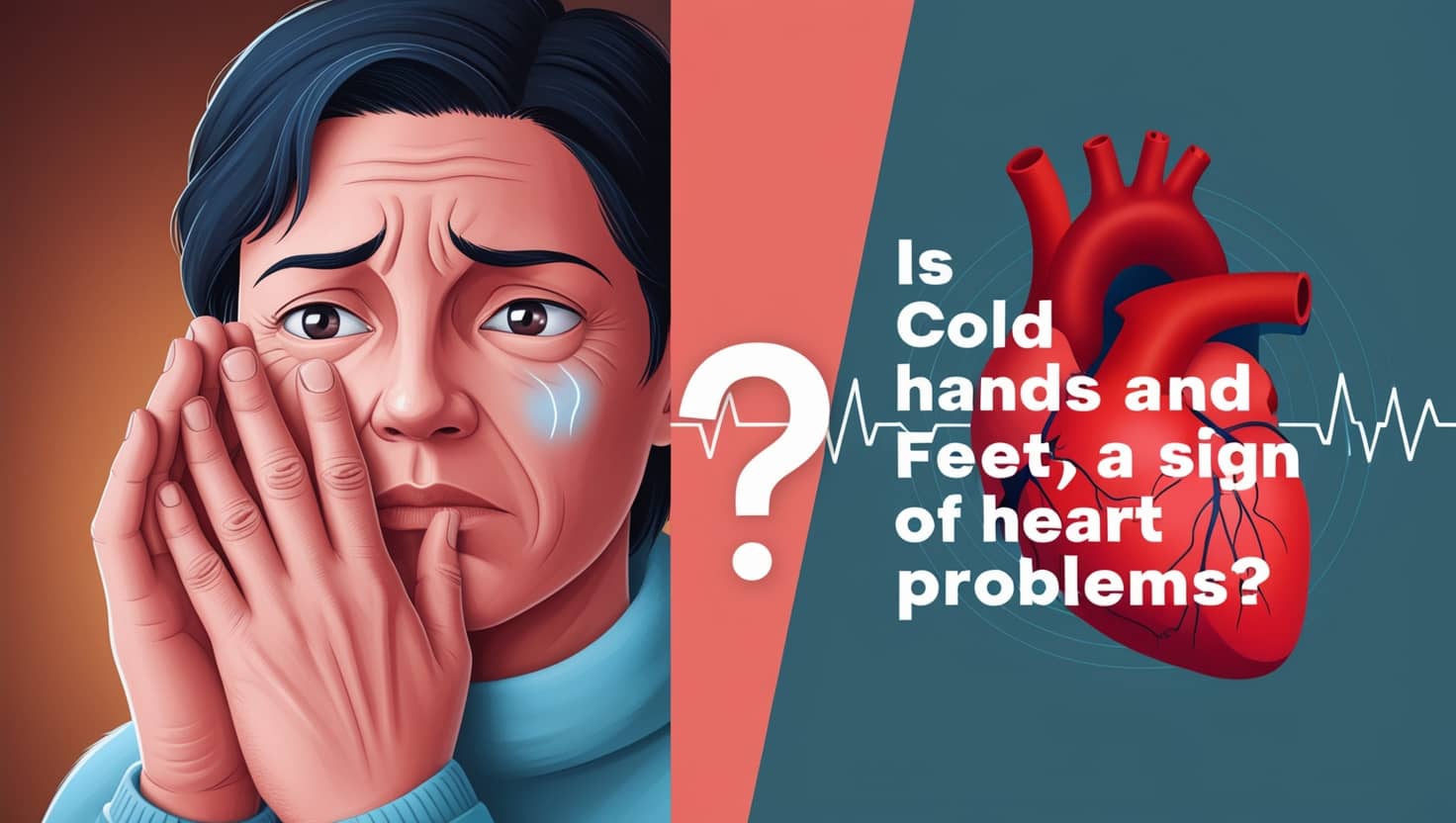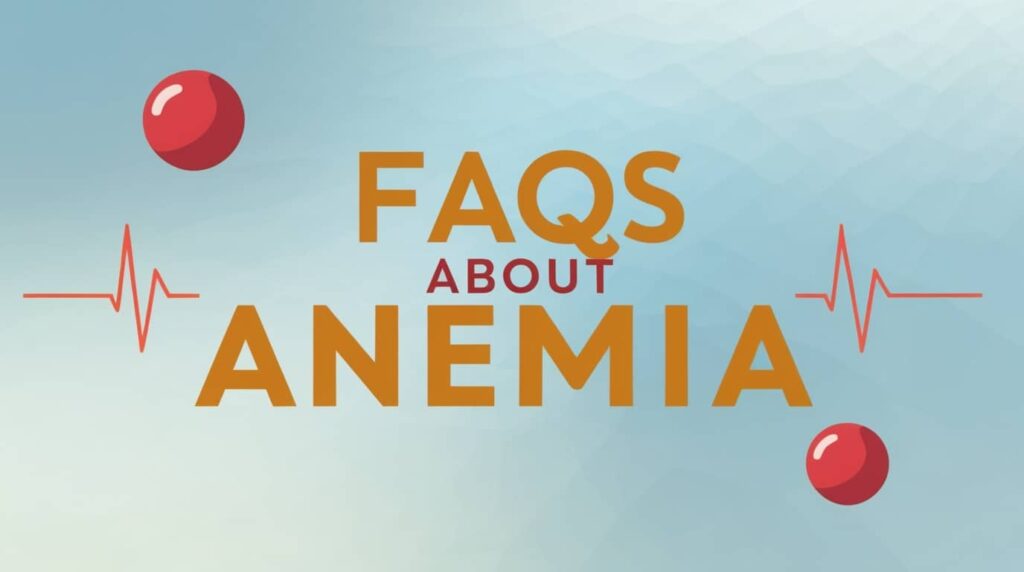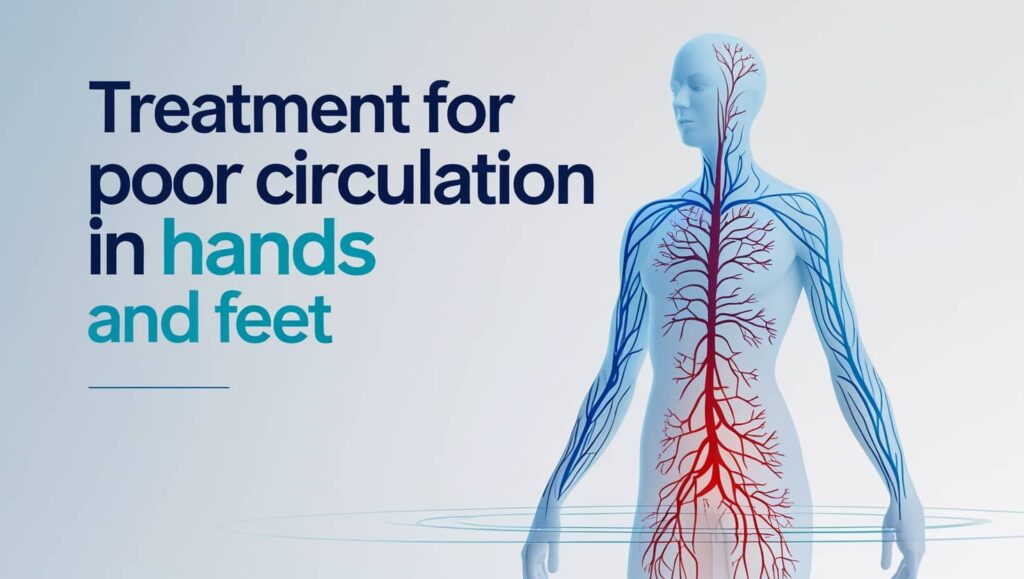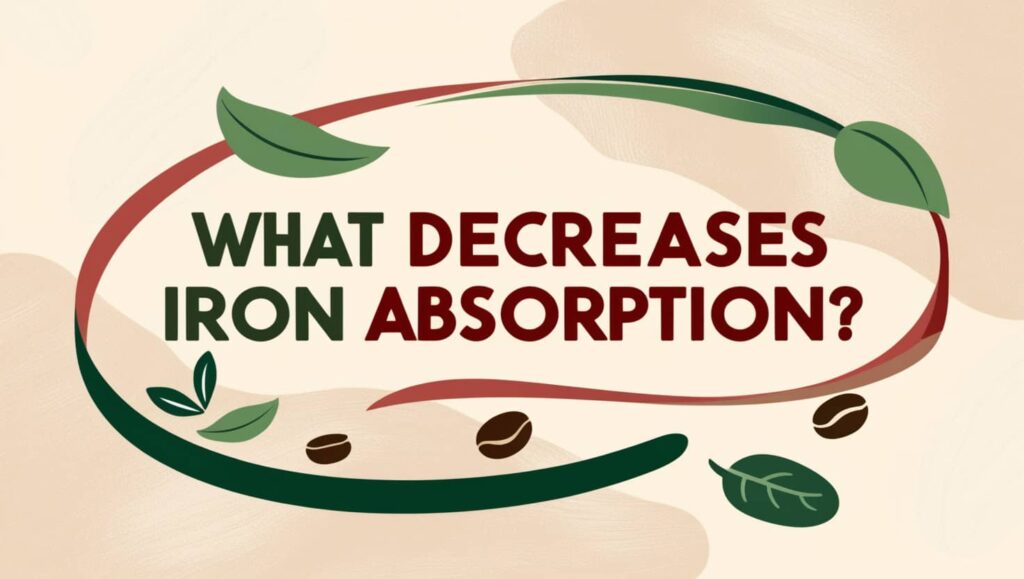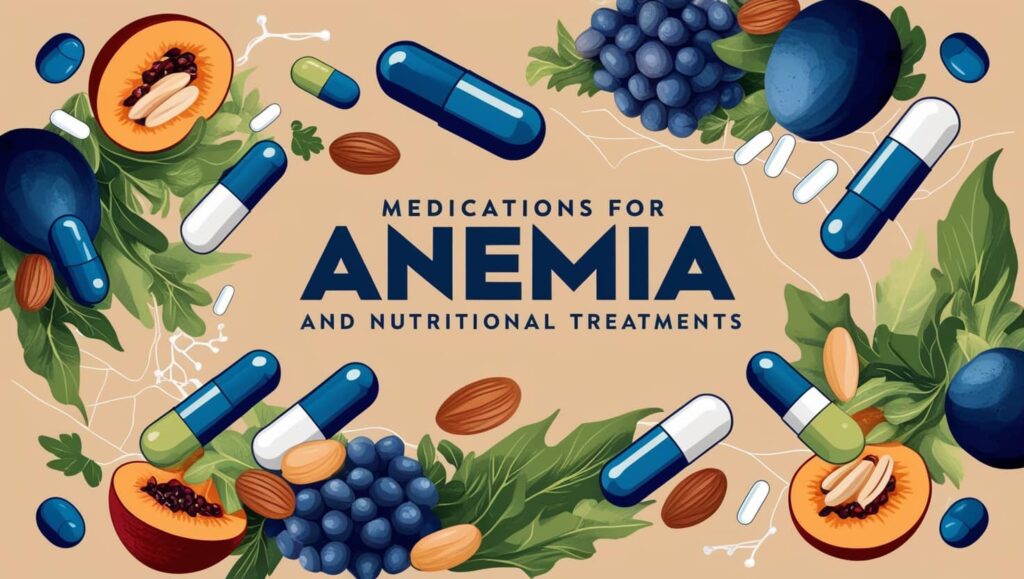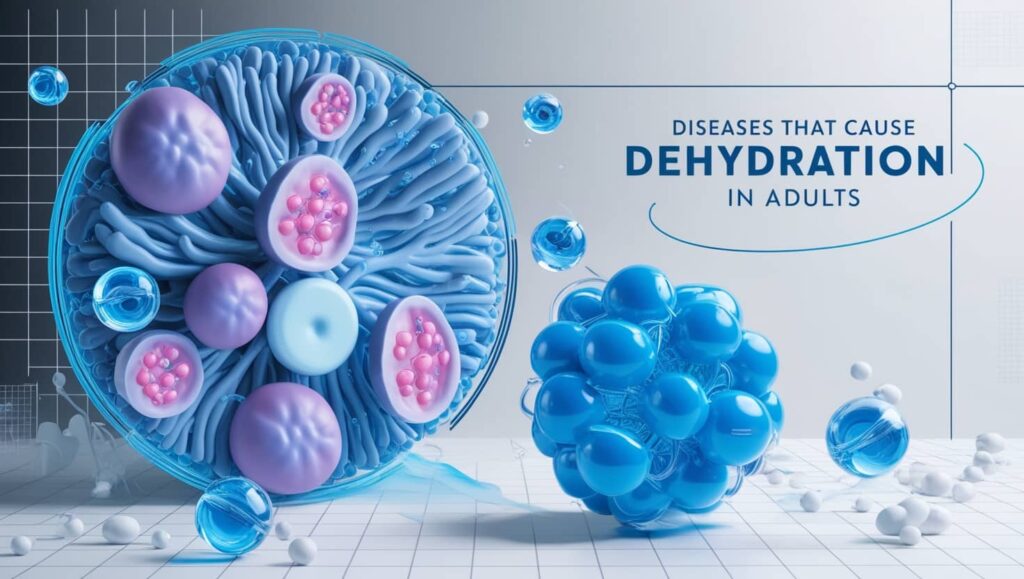Our bodies maintain a delicate balance, ensuring vital organs receive adequate blood flow.
However, when faced with cold temperatures, our bodies prioritize core warmth, constricting blood vessels in the extremities like hands and feet.
This reduced blood flow can sometimes occur even without external cold exposure, potentially leading to tissue damage.
But, Is Cold Hands and Feet a Sign of Heart Problems?
While cold hands and feet can sometimes signal underlying heart issues, it’s crucial to remember that numerous other factors can contribute to poor circulation. In the following paragraphs, we’ll explore the various causes of cold extremities.
Can Cold Hands and Feet Indicate Heart Issues?
Cold extremities may be a sign of poor circulation resulting from heart problems, especially if the body is warm and there is no clear reason for the cold extremities.
The most common causes of cold extremities:
- Decreased heart efficiency: When the heart is unable to pump sufficient amounts of blood to the body, the body prioritizes vital organs, which reduces the blood reaching the extremities and makes them cold.
- Atherosclerosis: This is caused by the accumulation of a fatty substance called plaque in the walls of the arteries, which causes them to narrow and harden, impeding blood flow.
- Peripheral arterial disease: One common cause of cold extremities is the narrowing of the arteries that feed them, which reduces the amount of blood reaching them.
- This condition is usually associated with diabetes or high blood fat levels, both of which affect heart health.
- High blood pressure: Which in the long-term causes damage to the arteries and increases pressure on their walls, which increases the risk of atherosclerosis.
- Raynaud’s phenomenon: A condition in which the blood vessels that feed the fingers and toes narrow, making them cold. (British Heart Foundation, n.d.)
Other common causes of cold extremities:
- Hypothyroidism.
- Smoking.
- Dehydration.
- Vitamin B12 deficiency.
- Diabetes.
- Anemia.
- Autoimmune diseases such as Lupus and Scleroderma.
- Cold environment.
Understanding Circulation and Heart Health
Circulation is the continuous movement of blood throughout the body, and It can be explained as follows:
- The heart acts as a pump for the body, pushing blood through a network of vessels.
- The blood, rich in oxygen and nutrients, is carried away from the heart by the arteries to all parts of the body.
- After delivering oxygen and nutrients, the blood, now depleted of oxygen, returns to the heart through the veins.
- The heart then pumps this oxygen-free blood to the lungs, where it receives fresh oxygen. This oxygenated blood is then distributed back to the body by the heart, and the cycle continues.
Heart Health
Heart health includes the overall condition of the heart muscle, its valves, and the blood vessels (arteries and veins) that carry blood to and from the heart. (Heart and vascular care, n.d.)
Read Also: Heart Attack Symptoms in Women Over 50
When to Worry About Cold Extremities
You should seek medical help if you suffer from cold hands and feet in the following cases:
- If you suffer from cold hands and feet even in warm weather.
- If the skin color of the hands or feet changes to white or blue.
- If the cold hands and feet are accompanied by a feeling of tingling or numbness.
- If you suffer from ulcers in the extremities that do not heal easily.
- If the wounds in the extremities are difficult to heal.
- If you suffer from symptoms of a blood clot in the extremities that appear in the form of sudden pain and coldness.
A medical examination can then show you Is cold hands and feet a sign of heart problems or if there are other problems that require treatment and medical care.
References
- British Heart Foundation. (n.d.). Retrieved from Have cold hands and feet? Here are 5 tips to improve circulation
- Heart and vascular care. (n.d.). Retrieved from The Dangers of Poor Circulation


